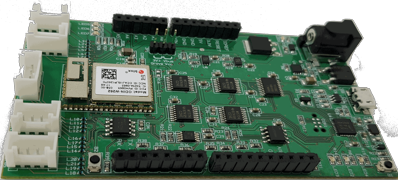Reference Design
Download the latest reference designs here
Benefits to Engineers and OEM¶
Mbed Enabled Pelion Device-Ready Reference Designs are tried and tested foundations, designed to expedite the creation of Pelion Ready Development Boards and End Products. Designed to provide your product with the IoT subsystem, these Reference Designs can be customized with sensors and output devices as dictated by your use case thus removing the complexities around connectivity and device management, allowing your engineering team to focus on the product key differentiators.
Definition¶
A Reference Design consists of four main components: Radio, MCU, Memory and Security; often two or more may be integrated in a single chip by some silicon vendors which goes a long way towards simplifying a design complexity. The design package also contains source code that was used to validate the schematics. Note that a Reference Design isn't a physical item, it’s a set of proven design files anyone can download. Some of our board partners adopted these blueprints as a foundation for their development boards, a selection of these hardware platforms are later on this page.

Reduced complexity and risk¶
When developing IoT products, an engineer typically selects an MCU development board, adds a shield for connectivity, adds a shield with storage so it will support over the air updates, and selects a secure element; all of this takes place before sensors are even thought about. Then comes the task of finding reliable software that will run with the chosen shield combination. The result is often a cumbersome stack of large boards that look something like this:
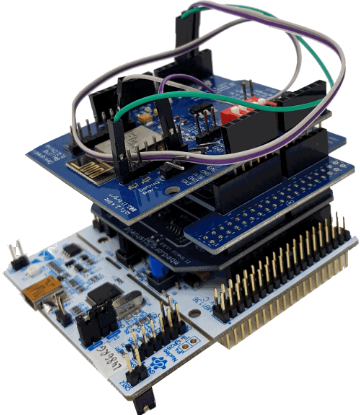
In the validation labs at Arm, we have racks full of MCU, Radio, Security and Storage combinations that are used to test each release of Mbed OS before it goes out the door. Some of these combinations are published as schematics on our Reference Design GitHub page so you can be sure that your hardware will perform exactly as we experience in our labs.
If you follow the logical design in these schematics, your product will quickly achieve Mbed Enabled and Pelion Device Ready functionality and therefore be compatible with the entire Mbed Ecosystem, if you wish to create development boards that are Mbed Enabled certified please contact us about becoming a partner. Note, these designs are for the IoT subsystem, not a complete end product, you will need to connect input and output devices of your choice to the board. However, this task is simplified by our components page which hosts in excess of 500 different sensors and output transducers.
Take a look at the freely available Reference Designs already published to see if there is a Reference Design that meets your needs, contact us (support@mbed.com) if there are any particular combinations you think we are missing, so they can be added to the roadmap.
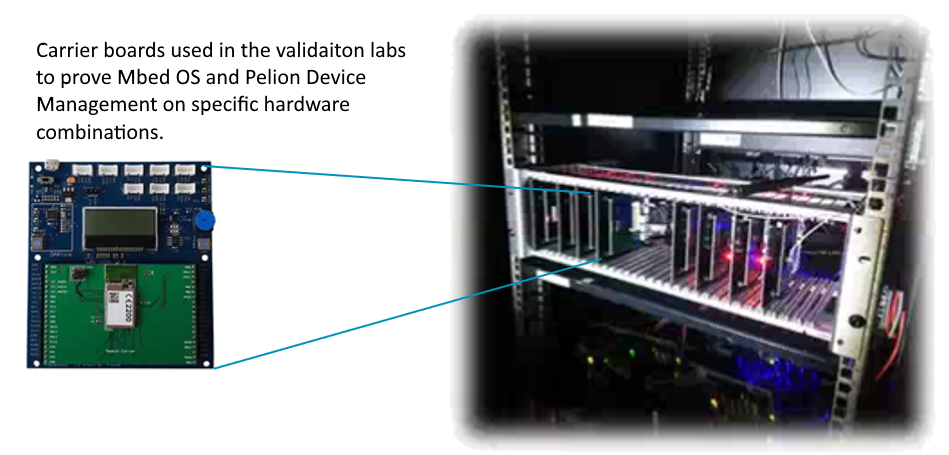
Some Examples of Boards Based on Reference Designs¶
The boards displayed below were designed based on the freely available reference design files hosted on GitHub. As a result of containing the key components listed above, they are ready to connect to Pelion Device Management and will work with all other parts of the Mbed. To get started:
- Visit the Quick Connect tutorial page for example code
- Connect your required sensors
- Import the sensor code to your project
- Manage your product and visualize the sensor data within your Pelion Device Management portal account.
Once the product concept has been proven using these development boards typically a mass-produced device uses a custom board with sensors, MCU, Radio, memory, security and other functionality integrated. At this point the hardware engineering team are able to refer back to the open source Arm Reference Designs which can be used as the foundation of the custom PCB with the reassurance it will behave the same as the development board version used at the Proof of Concept stage and by definition, the same as we experience in our validation labs.
- Quectel BG96
- Based on RD2175
- STM32F439
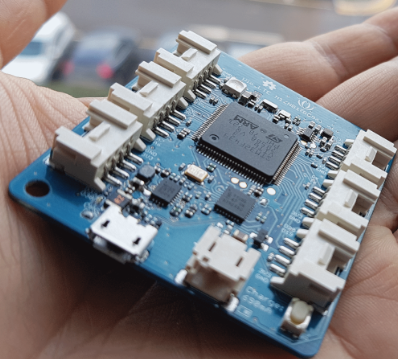
- Quectel UG96
- Based on RD2729
- STM32F439
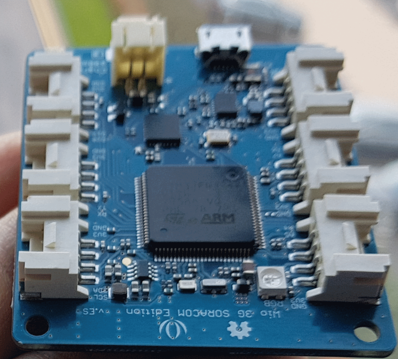
- Ublox Odin W2
- Based on RD1552
- STM32F439
